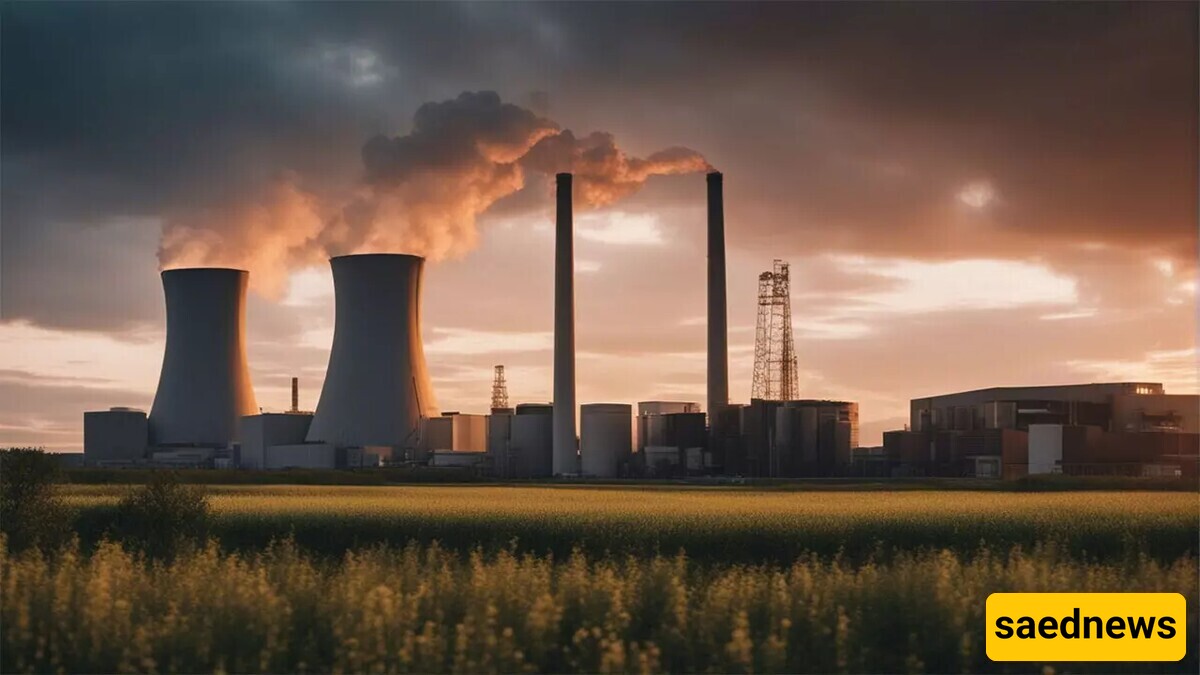SAEDNEWS: The Sea of Japan, which hosts the world's largest nuclear power plant, is currently calm. However, as the massive facility prepares to restart, Kashiwazaki-Kariwa faces a new tsunami wall.


According to SaedNews, as reported by Hamshahri Online, Japan cut off nuclear power after the Fukushima disaster in 2011. The G7 energy mix aims to reduce greenhouse gas emissions, and nuclear energy is gradually making a comeback, partly due to AI.
A 15-meter wall at the 400-hectare KK plant has been constructed to prevent another disaster and reassure the concerned people of Japan.
Masaki Daito, deputy supervisor at KK, told AFP: "We believe we can largely prevent a similar incident to Fukushima from happening again. Japan now has the strictest regulatory standards in the world."
This facility in central Japan is no stranger to earthquakes. It was shut down for two years after a major tremor in 2007. In the worst nuclear disaster of this century, three reactors melted down, hydrogen explosions blew off roofs, and radioactivity was released into the air.

To keep the power running in case of an earthquake, KK has new backup power supply vehicles on higher ground, blower panels, and a new vent to filter 99.9% of radioactive particles. Besides the newly built seawall, a large and reinforced embankment has also been constructed. In the deep corridors inside the reactor building, luminous labels mark pipes and valves.
Before the 2011 earthquake and tsunami, which killed around 18,000 people, nuclear energy produced about one-third of Japan's electricity, with fossil fuels supplying most of the rest.
Afterward, all 54 of Japan's reactors, including those at KK, were shut down. But Japan has increased imports of natural gas, coal, oil, and solar energy due to its limited resources.
Fossil fuels are expensive, costing Japan about $510 million per day in imports last year.
Currently, the government aims for "carbon neutrality" by 2050 and a 46% reduction in greenhouse gas emissions by 2030 compared to 2013 levels. The country wants to increase the share of renewable energy from around 20% to 36-38% and reduce fossil fuels from about two-thirds to 41%.
Hanna Hako, a Japanese energy expert at E3G, believes Japan can set higher targets and produce 70-80% of its energy from renewables by 2035.
Hako told AFP: "This will allow Japan to phase out coal as it has pledged with its G7 counterparts." Japan's current plan aims to generate 20-22% of its electricity from nuclear power by 2030, up from less than 10% now.
In late 2022, Japan decided to accelerate reactor restarts and extend the operating time of nuclear reactors from 40 to 60 years. Currently, nine out of 33 active Japanese reactors are online. At KK, Unit 7 is ready to join them after approval from the local governor, with other units to follow.
Business groups remain concerned about power shortages, especially as Japan seeks to develop energy-hungry data centers for artificial intelligence (AI).
Shigeru Ishiba, the new Prime Minister, says Japan has significant untapped potential for developing renewable energy, but it is evident that nuclear energy must also be utilized.

